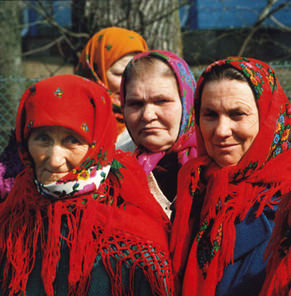Recent publications
Communications with Stakeholders in Post-Accident Situations: Some Lessons from Chernobyl and Fukushima
- Details
- Category: Communications
- Published: Thursday, 27 November 2014 14:50
LOCHARD J.
Oral Presentation at the First Conference on Science, Technology and Society (STS), Hiroshima, Japan, 27-28 November 2014
Abstract
The accidents of Chernobyl and Fukushima highlighted the difficulty of communicating with stakeholders in the post-accident situation. On one side the affected population, including the local authorities and professionals, as well as the general population in the non-affected areas, are facing an unknown situation that raises many questions and concerns and for which people have no words to speak about. On the other hand, authorities and experts -those who are supposed to have the knowledge about the situation- are communicating with scientific and technical arguments to answer to the worries and interrogations of the population using a language that does not make much sense to people. In such a context, risk communication presented as a mean to close the gap between experts and stakeholders is generally increasing the perplexity of the general population and leading the affected people in a bind. The co-expertise experiences carried out in Belarus and Japan as part of the rehabilitation of living conditions of the population in the affected areas by the nuclear accidents demonstrate the possibility to establish a dialogue between all stakeholders -authorities, the public and experts- which progressively allows the development of a practice radiological protection within the affected communities.
Download Communication A1221

 CEPN is a non-profit organisation created in 1976 to establish a research and development centre in the fields of optimisation of radiological protection and comparison of health and environmental risks associated with energy systems.
CEPN is a non-profit organisation created in 1976 to establish a research and development centre in the fields of optimisation of radiological protection and comparison of health and environmental risks associated with energy systems.
